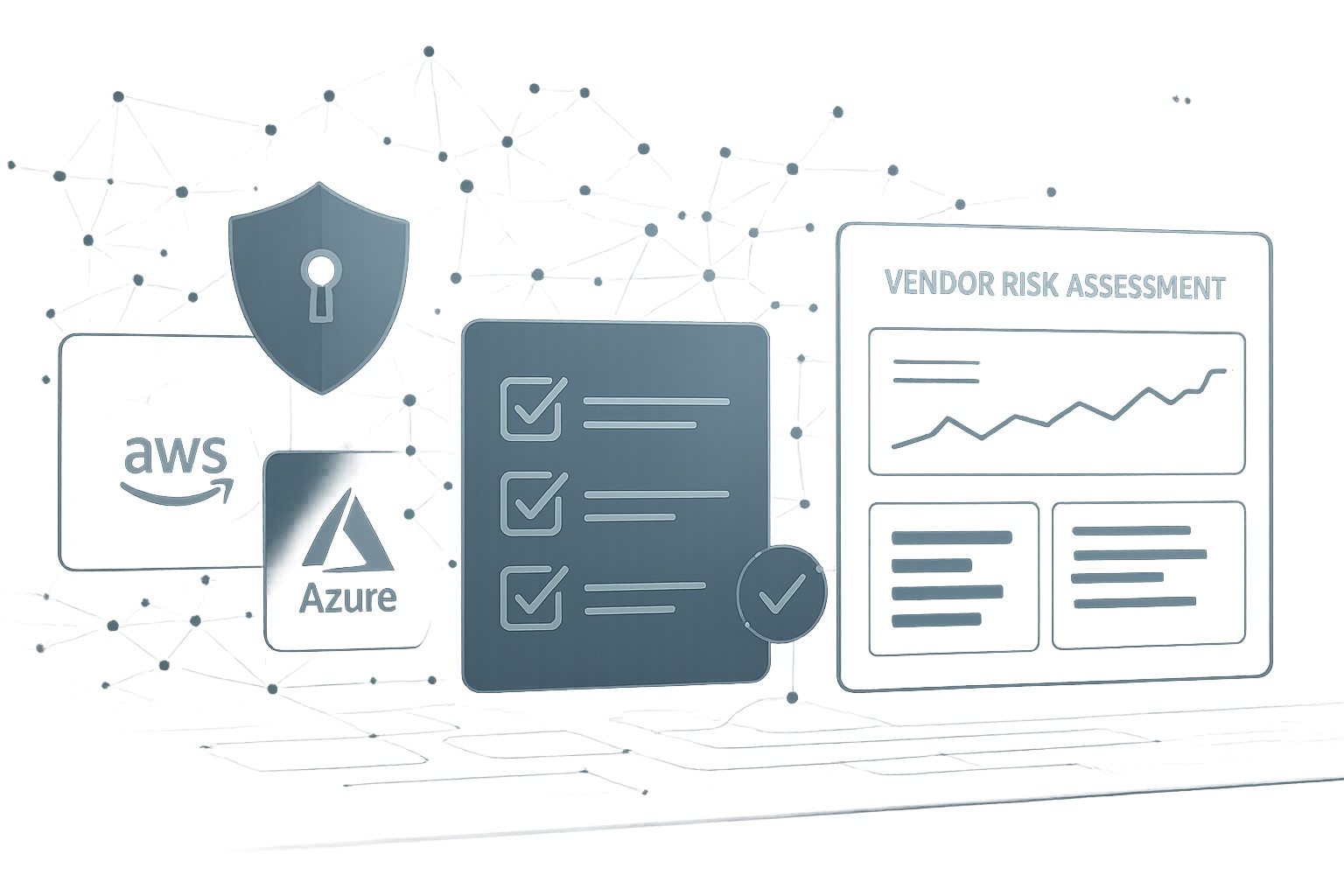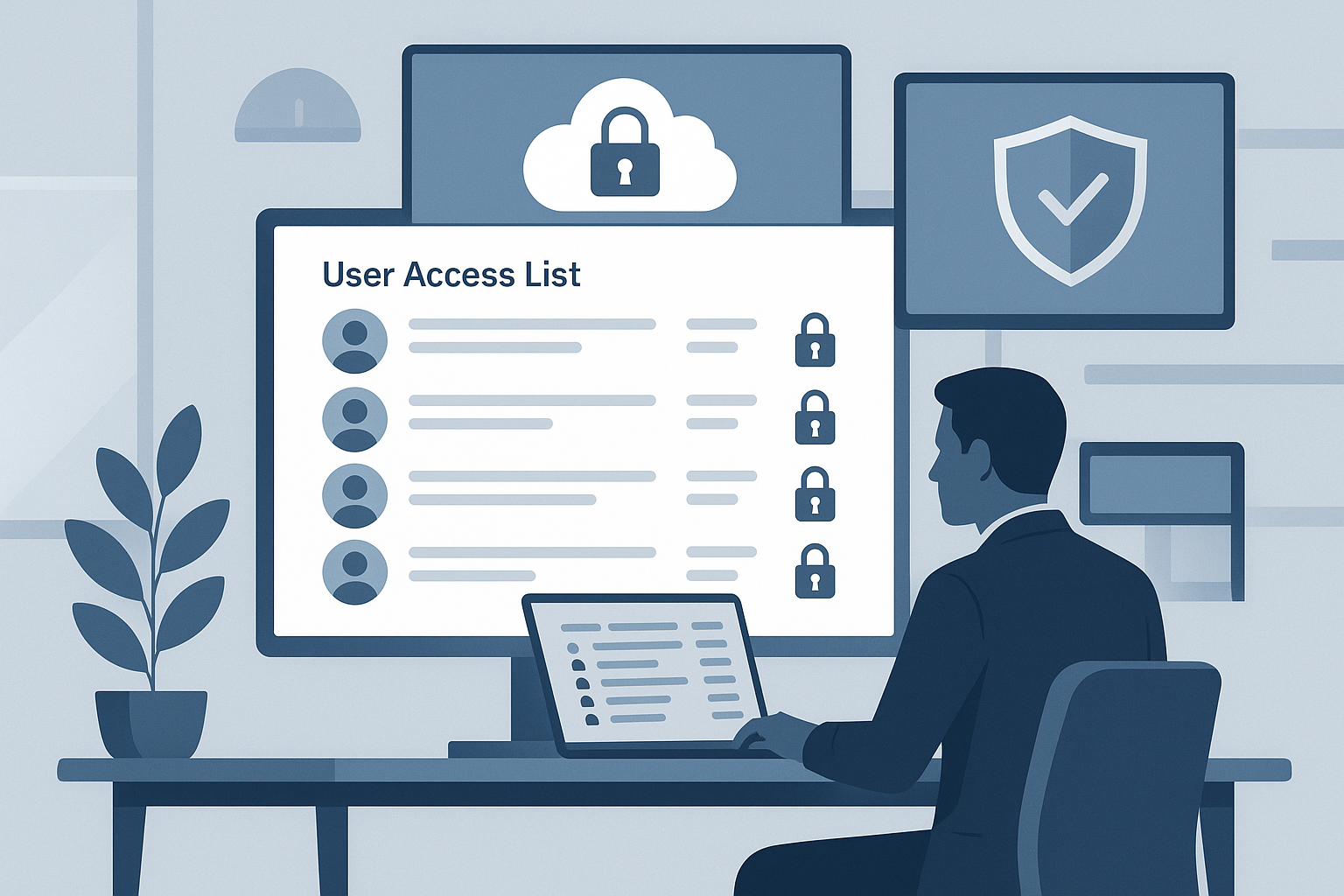

Cybersecurity threats are escalating globally at an alarming rate. The World Economic Forum regularly places cybersecurity threats in its top 10 global threats risk, highlighting the urgent need for robust defense strategies.
Governance is the cornerstone of a resilient cybersecurity strategy. Regardless of the specific laws and regulations in your industry, adopting a governance-focused approach ensures a comprehensive and adaptable defense mechanism against cyberthreats.
In this article we will look at what governance means and the critical role it plays in a cybersecurity strategy. We will also distinguish the difference between governance and compliance, highlighting how both are necessary as part of a comprehensive and holistic approach. Finally, we will provide some practical steps to implement governance within your organization to strengthen your defenses against evolving cyberthreats.
Cybersecurity governance is the overarching approach to cybersecurity that an organization takes. Every cybersecurity governance model includes:
Cybersecurity governance models include well-understood and regulated hierarchies. They set expectations for:
The components of cybersecurity governance add up to a holistic and comprehensive view of your organization’s security. With it, you have oversight processes in place and response procedures with well-defined roles and responsibilities.
Governance is the strategy that sets the overall framework for managing cybersecurity risks. Compliance, on the other hand, is a tactic within your broader governance strategy. It involves following a set of standards that are internally or externally set (i.e. NIST, SOC 2).
Without a comprehensive governance strategy, organizations are exposed to many risks and vulnerabilities highlighted below. Governance provides a strategic framework to make sure all risks and vulnerabilities are being addressed, tested and monitored.
Without centralized governance, cybersecurity efforts become disjointed and inconsistent across different departments. This can lead to gaps in security, miscommunications, and disjointed response against threats. Governance is a unified approach where all parts of the organization work together to manage their cybersecurity risks.
A lack of a cybersecurity governance framework leaves an organization more susceptible to cyberattacks. One of the segments within a governance framework involves identifying risks, implementing controls, and continuously monitoring against threats. Without a centralized process, vulnerabilities can go undetected, making it easier for attackers to exploit them.
Without a clear framework, there may be insufficient training or awareness efforts. Even if training is conducted regularly, a governance framework ensures that all employees complete training and understand policies. This lack of education can increase the risk of human error and employee negligence, such as failing phishing scams, using weak passwords, or mishandling sensitive information.
Governance frameworks should include a well-defined incident response plan to allow for a swift response to security events. Without cybersecurity governance, responses may be disorganized and inefficient leading to increased damage and prolonged disruptions.
Disruptions are an unfortunate part of any cybersecurity incident. However, governance serves to minimize the duration and impact of these disruptions.
A significant portion of damage from cybersecurity breaches arises from:
Governance offers a framework for efficiently responding to incidents thereby reducing the negative outcomes associated with a breach.
Without governance organizations may be more likely to be financially impacted through costs related to data breaches, fines, legal fees and loss business. Once this happens it can severely damage an organization’s reputation, especially if the incident was due to a lack of governance framework. The loss of customer trust can negatively impact brand image and market position long term.
Your investors and customers want confidence in your organization’s ability to protect itself against rising cyberthreats. Cybersecurity governance can also be viewed as a crucial requirement to gaining and maintaining access to investors and earning the trust of your customers. Without a governance strategy it may be harder to attract investors, therefore limiting growth and innovation.
For a comprehensive cybersecurity governance plan, it is essential to establish each of the following:
Leadership is the cornerstone of cybersecurity governance. It involves providing clear direction, and establishing accountability to make sure all aspects of the strategy are effectively managed.
Risk management is a proactive measure taken to minimize a cybersecurity incident. Your risk management exercise should include:
Governance requires well-defined policies and internal controls that encompasses all aspects of cybersecurity. These policies serve as a guide on how to manage cybersecurity within the organization. Some key areas that policies and controls should cover include access management, data protection, incident response, use of technology, employee behaviour, third party management. For a policy example, download our free AI Policy template.
Incident response is a crucial element of cybersecurity governance. It exists to mitigate the impact of security breaches and ensures business continuity.
Incident response strategies can be tested through simulated attacks or penetration testing. Penetration testing occurs when a friendly actor attempts to break through an organization’s security infrastructure and reports their experience. It can be used to identify any gaps in the response plan.
Depending on location and industry and where you conduct business, certain legal and regulatory requirements may apply. Some examples are HIPAA, GDPR, PIPEDA. Ensuring continuous compliance strengthens security posture and protects an organization from legal or financial repercussions.
Cybersecurity governance requires continuous education and adaptation to changing threats. Employee training is important to ensure awareness and vigilance against cyber threats, adherence to cybersecurity policies, and better preparedness for responding to incidents.
Compliance-as-a service solutions can be your automated ally when it comes to implementing a governance strategy. Our solution, ProtechSuite, simplifies the implementation of key governance elements through its many modules. Here are some of the features we offer:
To learn more about ProtechSuite visit https://j-sas.com/. Or reach out for a trial or demo: https://j-sas.com/pricing/







